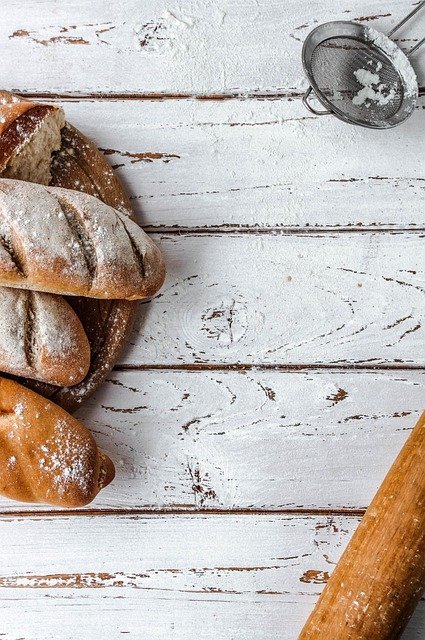How a Bread Machine Fits into Your Kitchen
A bread machine automates many steps of making fresh bread, from mixing ingredients to shaping and baking loaves. For people who enjoy baking but want less hands-on time, a bread machine can be a practical kitchen appliance. This article explains what a bread machine is, how it works, how to use it for dough and baking, and how to keep it maintained for consistent results.

What is a bread machine?
A bread machine is a countertop appliance designed to mix, knead, rise, and bake bread with minimal manual effort. Most units include a removable pan with a kneading paddle, a heater element, and programmable cycles for different loaf types. Models vary by capacity, loaf shape, and available settings (for example, whole wheat, rapid bake, or gluten-free). For home bakers, a bread machine simplifies routine tasks and helps produce consistent bread with predictable timing, making it useful for weekday breakfasts or planned baking sessions.
Where does a bread machine fit in the kitchen?
A bread machine typically occupies a moderate amount of counter space and can be stored when not in use. Place it near an electrical outlet and on a heat-resistant surface with adequate ventilation during use. In small kitchens, consider storing the machine in a cabinet or pantry between bakes to keep counters clear. Because it consolidates multiple tools (mixer, dough rising area, and oven), a bread machine can reduce the need for separate appliances and streamline baking workflows for those who bake regularly.
How does a bread machine handle baking cycles?
Bread machines use preset cycles that control mixing speed, kneading duration, rising time, and bake temperature. Typical cycles include basic white bread, whole wheat, French (higher heat), and rapid or quick bake (shorter rise times). Advanced machines offer programmable memory and crust color settings. Understanding these cycles helps you choose the right program for the recipe and ingredient variations like different flours or hydration levels. Follow the manufacturer’s guidance for loading ingredients and selecting programs to avoid overworking the dough or underbaking the loaf.
How to use dough settings and techniques
Many bread machines have a dedicated dough setting that mixes and kneads dough but does not bake it, allowing you to shape and finish bread in a conventional oven or to make pizza dough, rolls, or pretzels. For best results, measure ingredients precisely, especially yeast and salt, and add them in the order the machine or recipe specifies. Adjust hydration for whole-grain flours, which often need slightly more water, and watch the dough during the initial knead to ensure the consistency is tacky but not overly sticky. Experiment with small changes and keep notes to refine recipes.
Cleaning and maintenance for baking bread machine
Regular cleaning preserves performance and extends a bread machine’s life. Remove the baking pan and kneading paddle after cooling and wash them by hand or follow dishwasher instructions if allowed. Wipe the interior and exterior with a damp cloth; avoid immersing the main unit in water. Inspect the paddle for wear and replace it if it becomes damaged. Periodic checks of seals and the lid hinge help maintain proper heating and rising conditions. Proper storage of the machine and its removable parts prevents dust accumulation and keeps the appliance ready for baking.
Conclusion
A bread machine can be a practical tool for making fresh bread and preparing dough with less hands-on time, especially for home bakers seeking consistency and convenience. Understanding how cycles work, when to use dough settings, and how to care for the appliance will help you get dependable results in your kitchen. Experimentation with recipes and small technique adjustments will yield loaves tailored to your preferences while keeping the process manageable.





